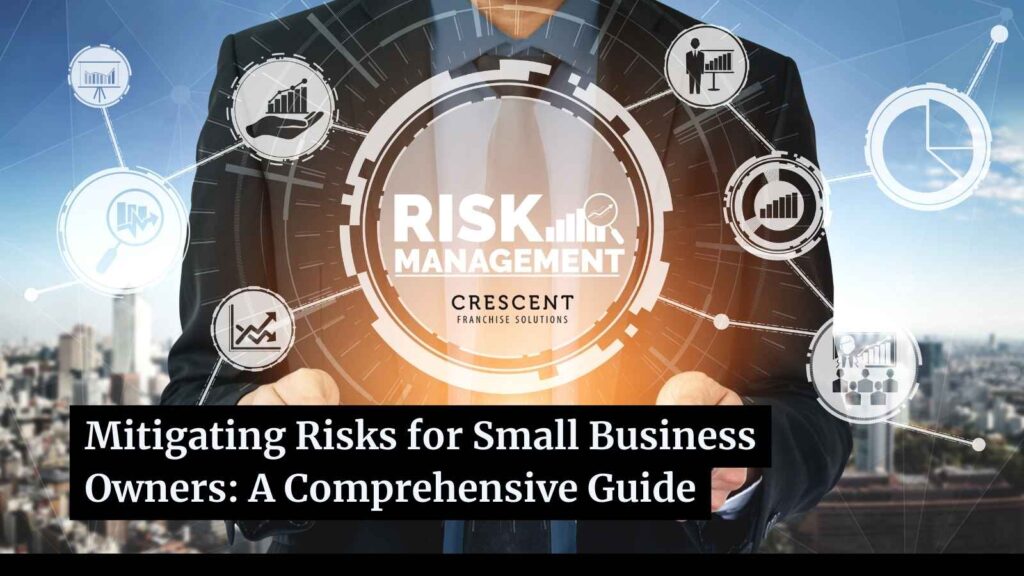Mitigating Risks for Small Business Owners – Small businesses are the backbone of the U.S. economy, with nearly half of Americans either owning or working for one. Despite their critical role, small businesses face significant risks, with 20% failing within their first year and 50% by their fifth year. To enhance survival rates, a well-rounded risk management plan is essential. Here’s a closer look at the four major risk categories every small business owner should consider.

Mitigating Risks for Small Business Owners
Market Risk
Understanding your market is a top priority. This involves thorough research on your consumers and competitors. Key questions to address include: Is there demand for your product or service? How many potential customers exist? What competitive options are available, and how is your offering unique? By gathering empirical data, you can better understand your market opportunities and limitations.
Credit Risk
A primary reason many small businesses fail is financial instability, often linked to cash flow issues and accounts receivable. Understanding your client’s ability to pay is key, especially if your business model involves extending credit. Effective credit risk management includes assessing clients’ creditworthiness to ensure timely payments and maintain healthy cash flow.
Operational Risk
Operational risk pertains to failures in internal processes, people, and systems. Each business and industry face unique operational risks, often summarized as “human risk.” Businesses with less human interaction typically have lower operational risks. It’s essential to identify potential internal failures and implement robust systems and procedures to mitigate these risks.
Reputational Risk
Reputational risk, the most worrisome for many business owners, can stem from internal issues or third-party relationships. Since companies are increasingly held accountable for their partners’ actions, maintaining a good reputation requires careful management of both internal operations and external partnerships. Public perception can vary by location, making it crucial to address reputational risks locally.
Creating a Risk Management Plan
A structured risk management plan can safeguard your business against potential threats. The process involves:
- Identifying risks.
- Assessing the likelihood of each risk.
- Implementing strategies to mitigate risks.
- Regularly monitoring and reviewing risks.
Following these steps can significantly improve your business’s chances of success. Let us help you build a customized risk management plan tailored to your business needs.
We can Help Mitigate Risks for Small Business Owners
Contact us today at (941) 923-3663. Together, we can ensure your franchise’s longevity and successful transition to the next chapter. See a list of our services here.
Visit us on Facebook: https://www.facebook.com/crescentfranchise
Visit us on LinkedIn: https://www.linkedin.com/company/crescent-franchise-solutions/
For more information and the original article on this subject, click here.
